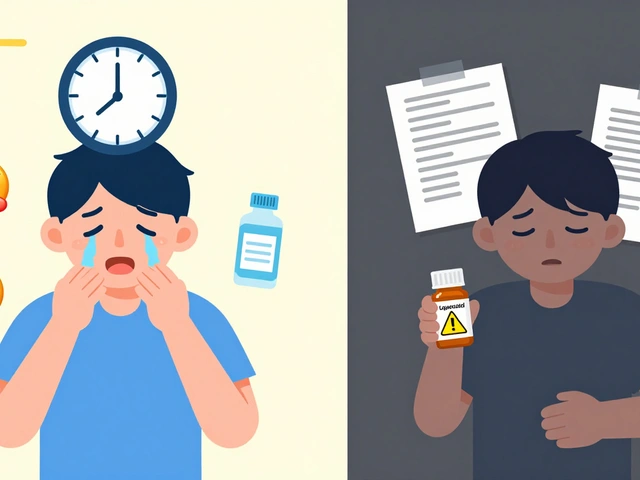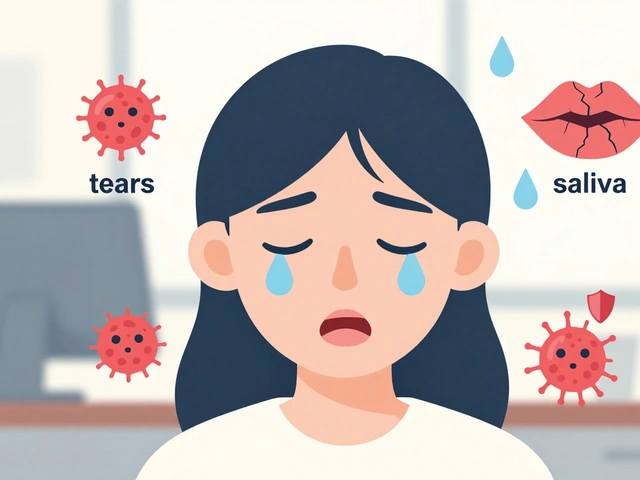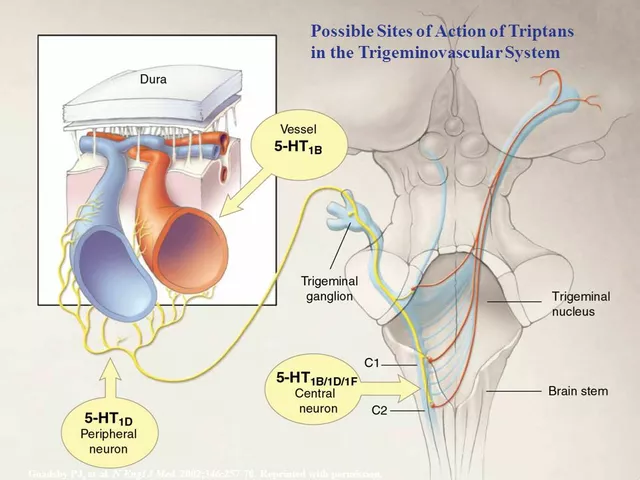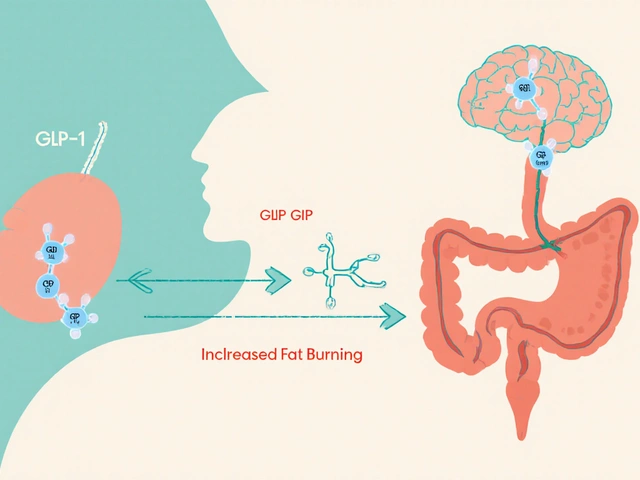Olfactory System: The Science Behind Your Sense of Smell
When you talk about the olfactory system, the collection of organs and nerves that let us detect and interpret odors. Also known as the sense of smell, it starts in the nasal cavity, the air‑filled space behind the nose where odor molecules first meet the body. Inside that cavity sit tiny olfactory receptors, protein structures on nerve cells that bind specific scent molecules. The brain receives the signal, decodes it, and turns a chemical whiff into a memory or warning. This chain of events – detection, transmission, perception – is what makes the olfactory system crucial for daily life.
Why the Olfactory System Matters for Health and Medicine
First, smell influences appetite. When receptors fire, they trigger signals that drive hunger or satiety, linking the olfactory system directly to nutrition. Second, many drugs listed on our site – from antidepressants to antihistamines – can alter smell perception. For example, some SSRIs may dull the sense, while certain antibiotics can cause a metallic taste that confuses smell and taste. Understanding these interactions helps you spot side effects early. Third, smell loss can be an early sign of neurological conditions such as Parkinson’s or Alzheimer’s, so keeping an eye on changes in the olfactory system can aid early diagnosis.
Another key player is the gustatory system, the taste pathways that work hand‑in‑hand with smell to create flavor. While taste detects basic flavors – sweet, salty, bitter, sour, umami – the olfactory system adds nuance, turning a bland soup into a fragrant broth. When one system falters, the other often compensates, which explains why a cold that blocks the nasal passages makes food seem bland. The interaction between these two senses underscores why many of our medication reviews mention changes in flavor perception.
Genetics also play a role. Some people inherit receptor variants that make certain odors pleasant while others find them repulsive. This genetic diversity shows up in studies of smell disorders, where the olfactory system’s performance varies widely across populations. Knowing your genetic makeup can guide personalized treatment, especially for conditions like chronic rhinosinusitis where inflammation of the nasal cavity diminishes receptor function.
Environmental factors matter too. Exposure to strong chemicals, smoking, or chronic allergies can damage the delicate lining of the nasal cavity, reducing receptor count and blunting the olfactory system. Protective habits – using air purifiers, quitting smoking, managing allergies with appropriate meds – preserve receptor health and keep the signal pathway clear.
Technology is stepping in as well. Researchers are developing electronic noses that mimic olfactory receptors to detect disease biomarkers in breath. While still experimental, these devices could one day screen for infections or metabolic disorders by reading the same chemical cues our olfactory system handles naturally.
All these angles – genetics, medication side effects, environmental impact, and emerging tech – converge in the articles below. You’ll find detailed comparisons of drugs that affect smell, guides on protecting nasal health, and explanations of how smell ties into broader medical topics. Whether you’re curious about why a new prescription makes food taste odd or you want to understand the early signs of a neurological disease, the collection offers practical insights.
Stay tuned for the posts that dive deeper into each aspect of the olfactory system. From drug interactions to lifestyle tips, the next sections give you concrete information you can use right away.
Sneezing and Your Sense of Smell: Understanding the Link
Discover why sneezing can affect your sense of smell, the conditions that link them, warning signs, and practical tips to keep your olfactory health intact.










